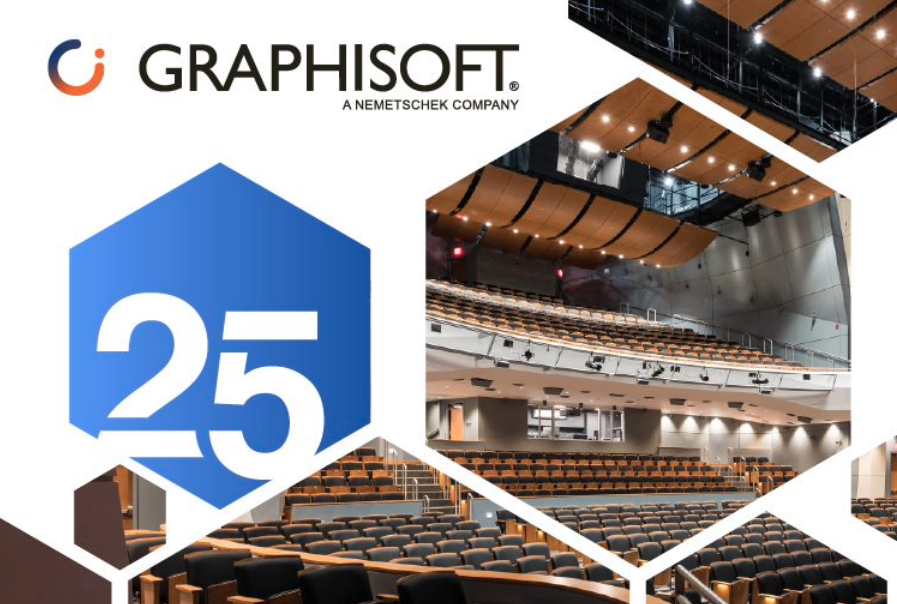
If it is checked, the values originally given will be used, resulting in a smooth transition between illuminated and dark areas. This results in a sharp border between illuminated and dark areas.
Lamp Falloff: If this is unchecked, the angle falloff and distance falloff values in the GDL Scripts of Lamps will be considered zero. Curved surfaces, which are normally approximated by flat planes, are represented by more lifelike surfaces when this option is on. Smooth Surfaces: Set the degree of smoothing, with up to one pixel accuracy. (If you leave this box unchecked, such elements will be shown as opaque.) Transparency: Transparent elements (such as glass) will be rendered as transparent. Choose a color and intensity (low, middle, high) for the fog effect. Fog: Check this box to apply a fog effect to the rendered image. Emission: Check this if you have chosen, or created, light emitting Surfaces and want this quality to be displayed in the renderings. Note: If Highlights is unchecked, or the Flat Shading method is used, specular reflections are ignored in the rendering. Highlights: Check this to use specular reflections as highlights. The Flat Shading option is faster than all the other options in this dialog box, but slower than when the 3D Style uses Shaded mode.Įffects let you enable a variety of light and surface effects, some of which are initially set in the Options > Element Attributes > Surfaces dialog box.įor more information, see Surface Settings Dialog Box. Special effects like Transparency, Fog, Emission, Smooth Surfaces, Highlights and Light Decay are unavailable. Flat Shading: Results in each shape being roughly approximated by flat surfaces only. Using multiple light sources or picture mapping may require the Final or Best settings. The quality increase will affect curved surfaces more than others. As the choices decrease in quality, ARCHICAD calculates individual values for every second or third pixel only. Best: The program calculates the light attributes of each pixel. 
The Method setting determines how closely the program should adhere to its ultimate imaging capacity.

Use these controls to select the PhotoRendering effects you want to use: The PhotoRendering effects define the final quality or character of your rendering. Note: The speed of PhotoRendering is defined most of all by image size, while model complexity affects speed if shadows are used. Choose Basic Rendering Engine from the Engine drop-down menu in the PhotoRendering Settings dialog box ( Document > Creative Imaging > PhotoRendering Settings).






 0 kommentar(er)
0 kommentar(er)
